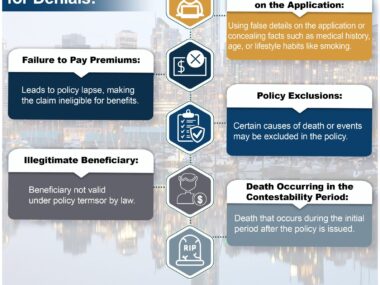Understanding your health insurance coverage is a crucial aspect of managing your healthcare expenses and making informed decisions about your well-being. One essential document that provides valuable insights into your health insurance plan is the Summary of Benefits and Coverage (SBC). In this blog post, we’ll explore the significance of an SBC and guide you on how to read and interpret its contents.
What is a Summary of Benefits and Coverage?
The Summary of Benefits and Coverage is a standardized document that health insurance plans are required to provide to their members by the Affordable Care Act (ACA). It serves as a concise and easy-to-understand overview of your plan’s key features, costs, and coverage details. The goal of the SBC is to help consumers compare different health insurance options and make informed choices about their coverage.
How to Read a Summary of Benefits and Coverage:
- Identify Plan Basics:
- Start by locating the basic information about your plan, such as the plan name, coverage period, and the insurance company’s contact information. This section provides an overview of the plan you are enrolled in.
- Coverage Overview:
- Look for a summary of the coverage provided by your plan. This section outlines what medical services and supplies are covered, as well as any excluded services. Pay attention to details such as preventive services, prescription drug coverage, and maternity care.
- Cost Sharing:
- Examine the cost-sharing details, including deductibles, copayments, and coinsurance. Understand how these costs apply to different types of services and what you are responsible for paying out of pocket. This section is crucial for estimating your potential healthcare expenses.
- Coverage Limits:
- Check for any coverage limits imposed by your plan. This includes maximum limits on specific types of services or a cap on annual or lifetime benefits. Understanding these limits helps you anticipate potential financial constraints in certain situations.
- Renewability and Portability:
- Review information on plan renewability and portability. Understand the conditions under which your plan can be renewed and whether you have the option to continue coverage if you move or change jobs.
- Glossary of Terms:
- Familiarize yourself with the glossary of terms provided in the document. Health insurance terminology can be complex, and the glossary helps clarify the meaning of key terms used throughout the SBC.
- Coverage Examples:
- Pay attention to the coverage examples included in the SBC. These examples illustrate how the plan would cover common medical scenarios, making it easier for you to estimate your potential out-of-pocket costs for specific services.
- Contact Information:
- Note the contact information for the insurance company or plan administrator. Having this information readily available is important in case you have questions or need assistance with your coverage.
Conclusion:
In conclusion, decoding a Summary of Benefits and Coverage is an essential skill for anyone seeking to make informed decisions about their healthcare. By understanding the key components of the SBC, you empower yourself to navigate the complexities of health insurance and make choices that align with your healthcare needs and financial considerations. Take the time to review your SBC thoroughly, and don’t hesitate to reach out to your insurance provider for clarification on any aspects that may be unclear. Your health and financial well-being are worth the investment of time in understanding the details of your coverage






